Many of the carvings will still be done to these antique bathroom vanities and tend to be created by hand for some beautiful and elegant looks. Changing your bathroom vanity to a 48 inch bath vanity may be precisely what you have to modify the looks of your whole bathroom.
Images about French Country Bathroom Vanity Ideas
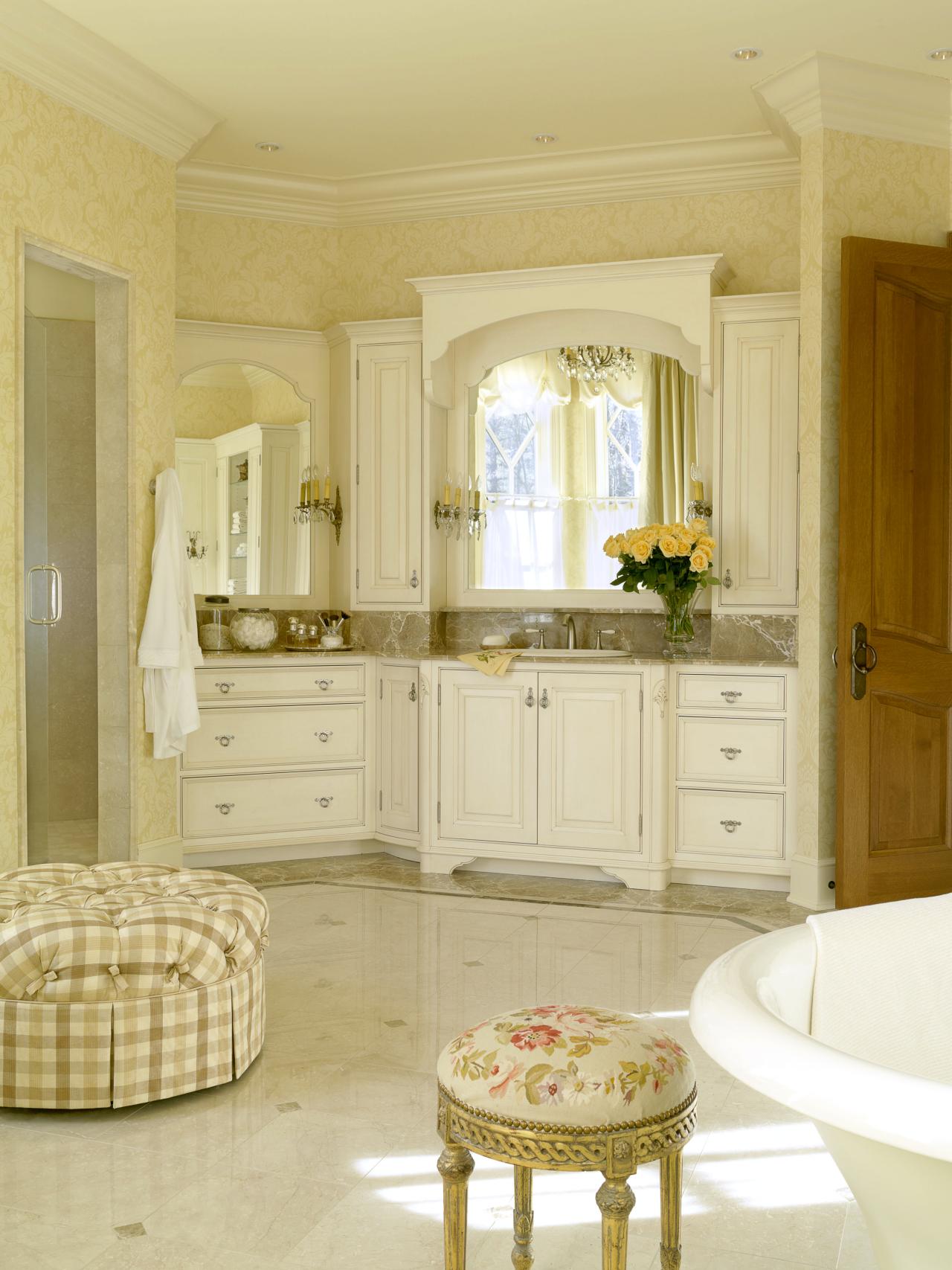
Contemporary bathroom vanities include several of likely the most unique and elegant looking vanities and accessories, you will wonder the reasons you waited so long to update your bathroom. If you're looking for a bit of sophistication as well as training in the bathroom of yours, then bathroom vanity furniture is a complete necessity for this particular job.
23 French Country Bathroom Decor Ideas for Your Home
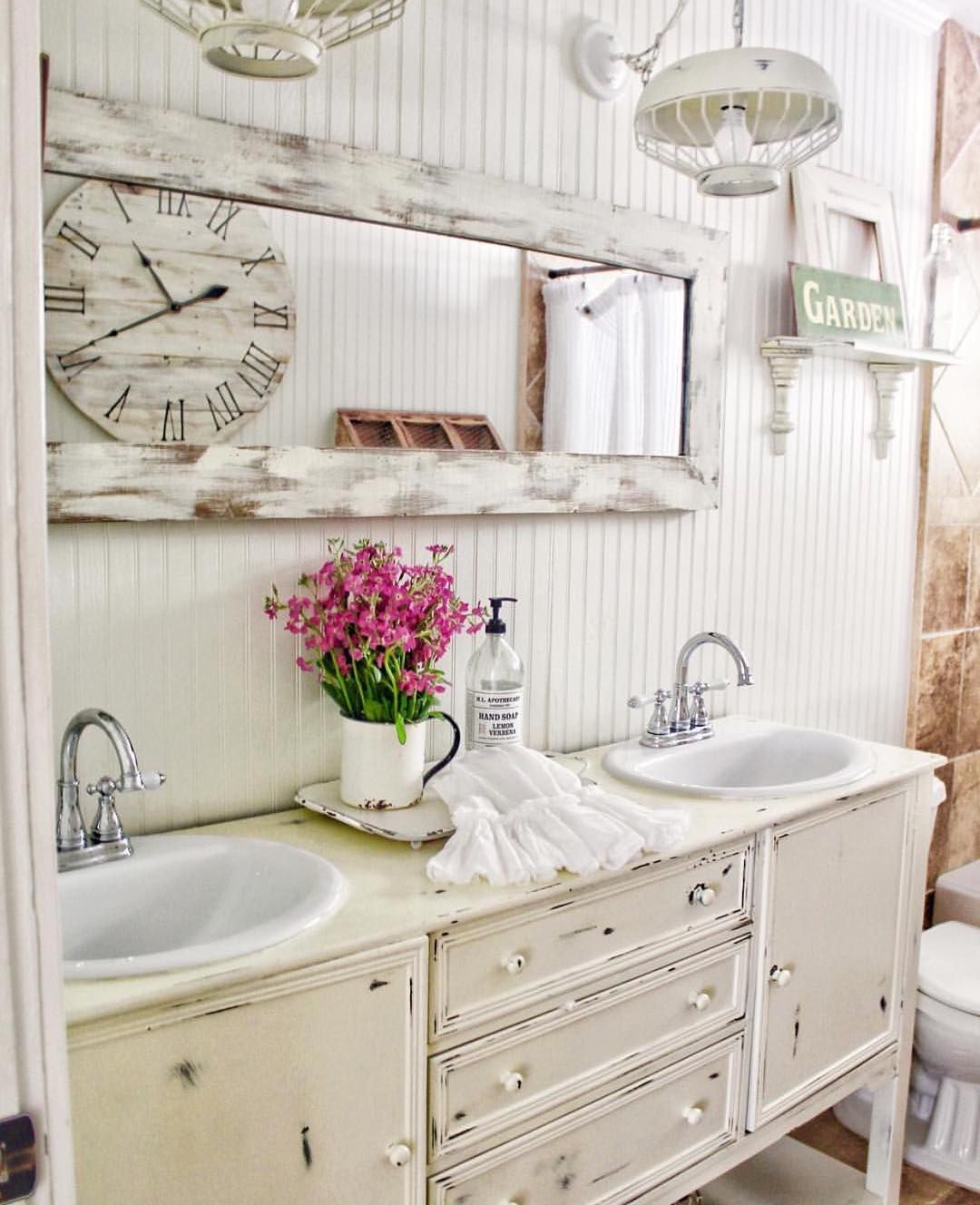
Bathroom vanities handle a significant budget range, from particularly costly to tremendously affordable. If several individual will use the vanity, it may be worth the while of yours to look into an asset in two-fold bathroom vanities. This's fantastic for families and couples who have people who get ready together at the same time.
French Cottage Bathroom Vanity: How to get the look details

So make certain that the vanity of yours takes up the required space well. They don't look as wood, as many of these materials are painted. With regards to tiny spaced bathrooms however, you should pick the appropriate ones. All in all it's ideal to get bathroom vanities that compliment the general appearance of the bathroom of yours.
Bathroom Vanity Design Ideas to Inspire Now – Hello Lovely
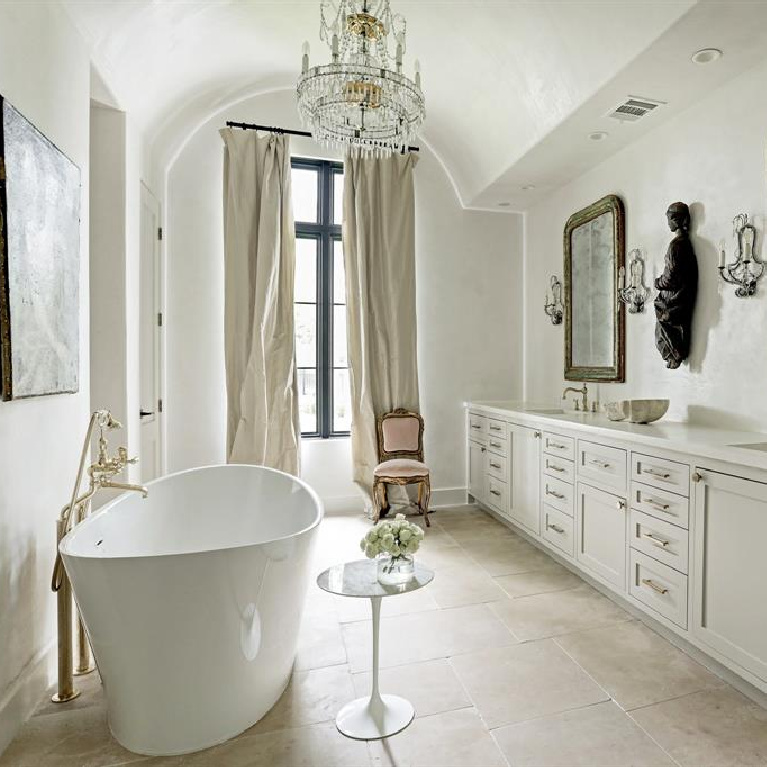
Country Bathroom Ideas – 10 Scene-Stealing Design Inspirations

French Country Bathroom Design Ideas
:max_bytes(150000):strip_icc()/IMG_2049-98b4d4d67efd4d379ac5591ad5263653.jpg)
23 French Country Bathroom Decor Ideas for Your Home
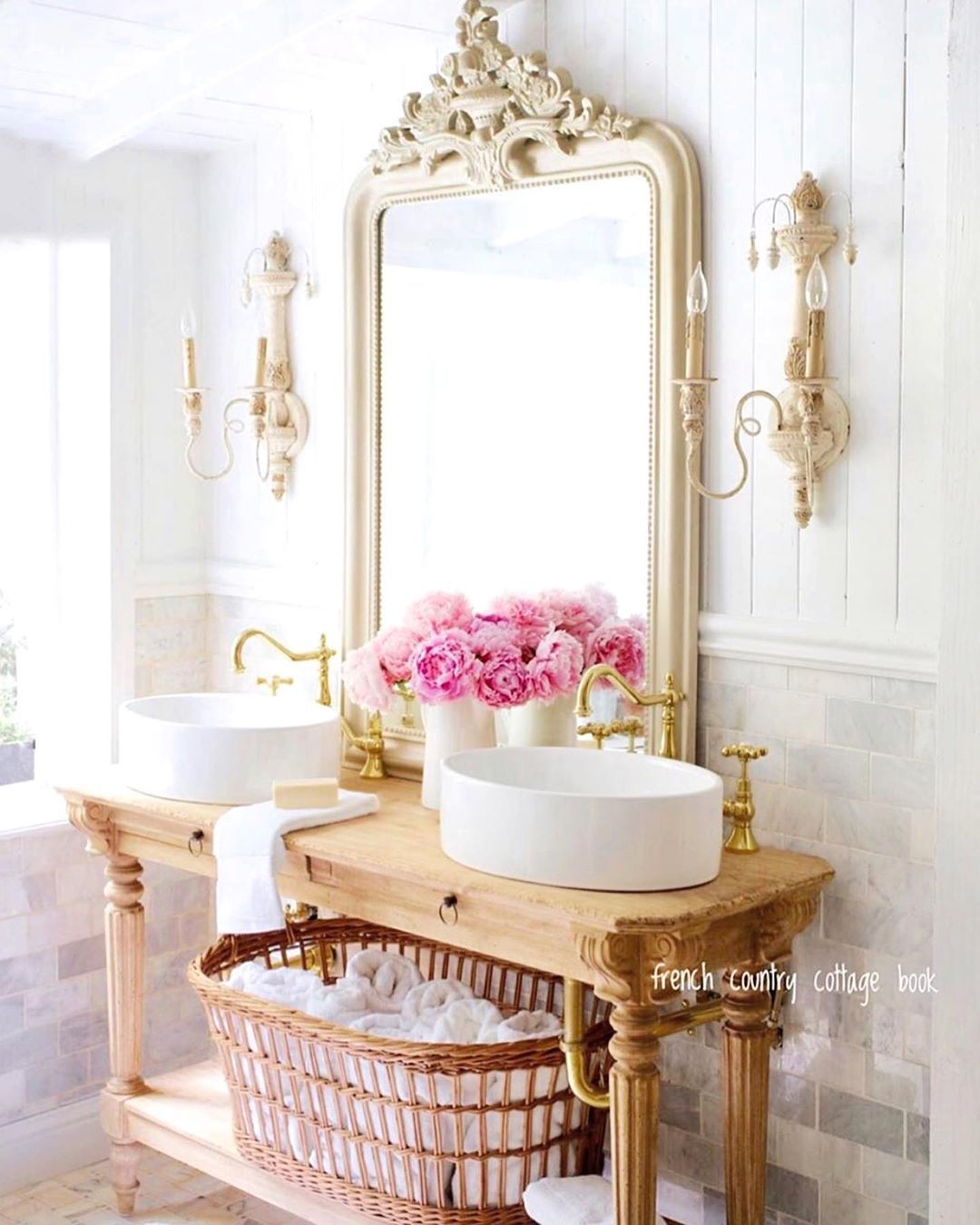
French Country Bathroom Design Ideas
/GettyImages-489760110-0fbea240eae74f8d928681c31e46b255.jpg)
French Cottage Bathroom Vanity: How to get the look details

75 French Country Bathroom Ideas Youu0027ll Love – August, 2022 Houzz
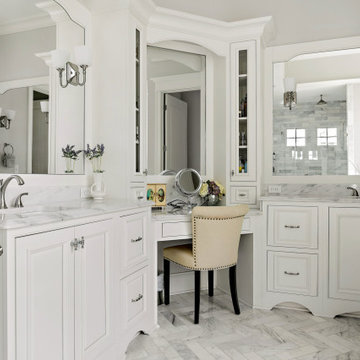
23 French Country Bathroom Decor Ideas for Your Home
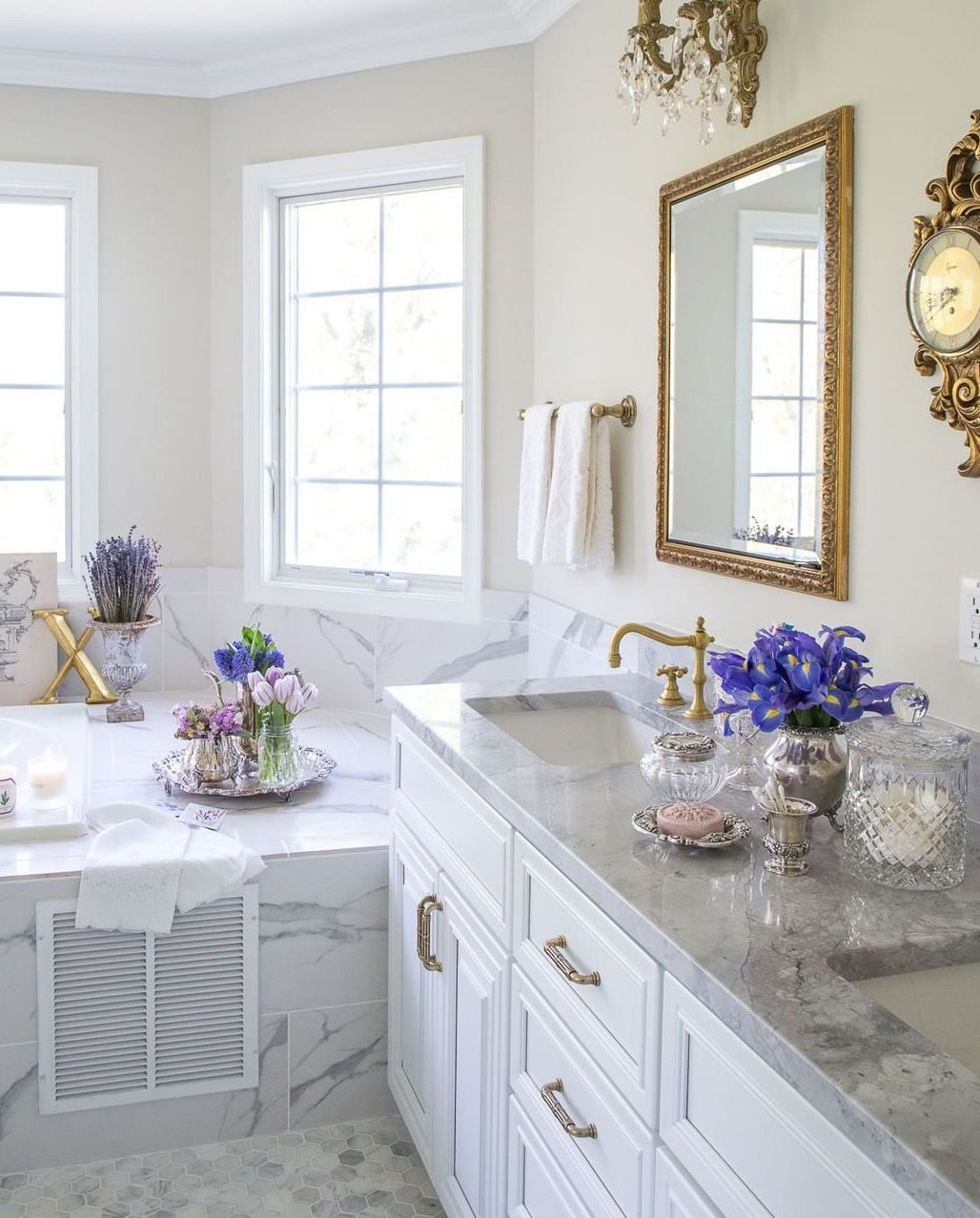
Vanities, French Country Room Design Ideas Wayfair
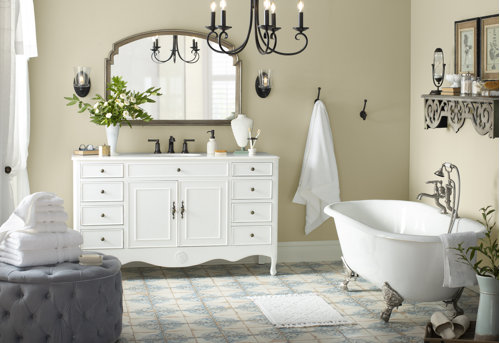
17 French Country Bathroom Ideas That Feel Extra Luxe
:max_bytes(150000):strip_icc()/classy-master-bathroom-makeover-3-of-36-ce5b1b5b22f74b84857379b7607b065d.jpeg)
French Provincial Bathroom Vanities Been Looking For
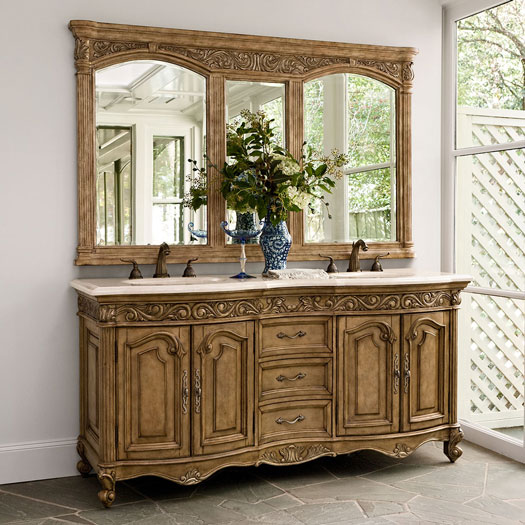
Related Posts:
- Curved Front Bathroom Vanity
- Cambria Quartz Bathroom Vanity Tops
- Narrow Bathroom Vanity And Sink
- 48 Inch Rustic Bathroom Vanity
- Bathroom Vanity Decor Ideas
- Single Sink Bathroom Vanity Set
- Bathroom Vanity Linen Cabinet Combo
- Cedar Bathroom Vanity
- Bathroom Vanity Light Height
- Bathroom Vanity Timber Top